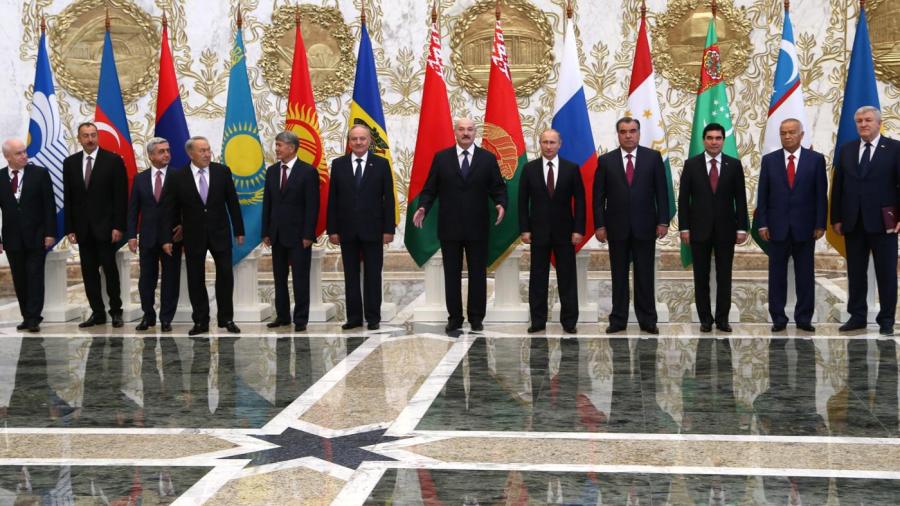What Countries Are in the CIS?

Russia, Azerbaijan, Uzbekistan, Belarus, Kazakhstan, Kyrgyzstan, Moldova, Tajikistan and Armenia comprise the Commonwealth of Independent States, or CIS, as of 2014. Turkmenistan and Ukraine are both unofficial members of the organization. Georgia was a member of the CIS but left the group in 2008.
The Soviet Union dissolved in 1991, creating 12 different countries. Seeking to promote cooperation among former members of the Soviet Union, the CIS alliance began in December of 1991. The CIS helps to coordinate trade, defense, finance and governance among the member states. The dissolution of the Soviet Union and the adoption of the CIS by the newly independent countries marked the end of the Cold War. Additionally, some members of the CIS have also established supplemental alliances. For example, Russia, Belarus and Kazakhstan created the Eurasian Economic Community to foster better trade among the three countries in 1996.
Many CIS members purchase natural gas and oil from Russia, which has vast reserves of both energy sources. This is a contentious issue for many of the member states, as the prices for these commodities are set in Russia.
Russia is the most populous of the CIS members and has the highest gross domestic product. However, Georgia, Uzbekistan, Belarus, Kazakhstan, Azerbaijan, Moldova and Turkmenistan all have higher growth rates than Russia.





